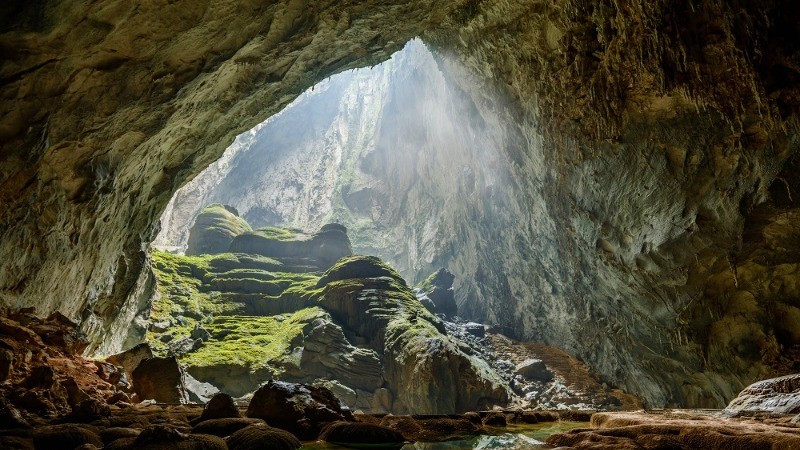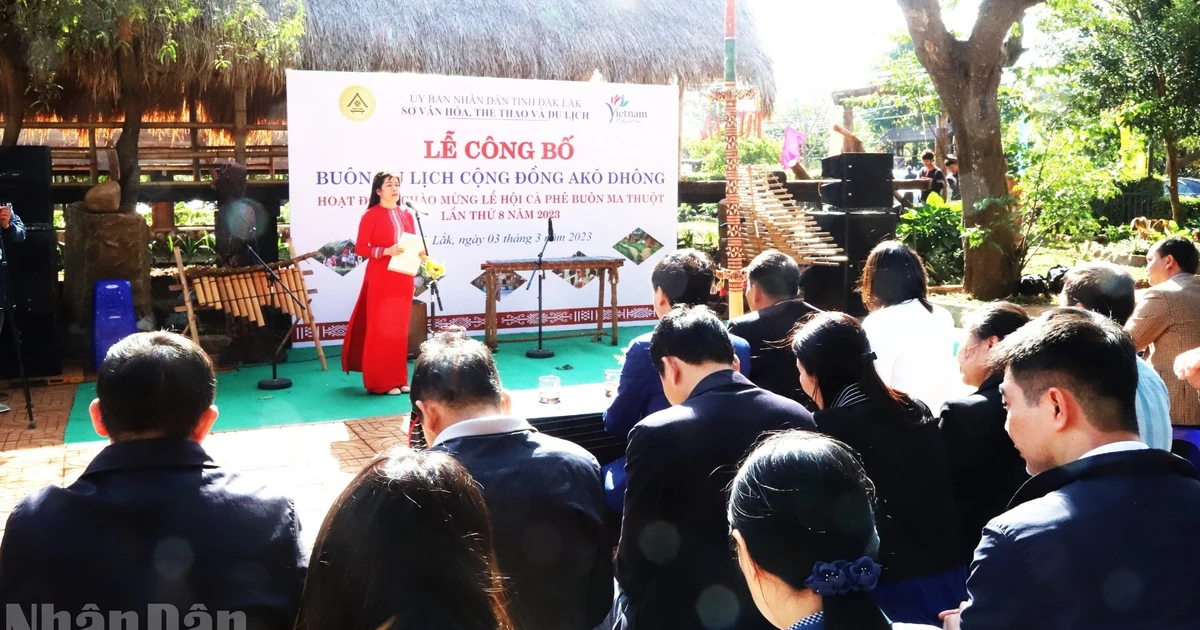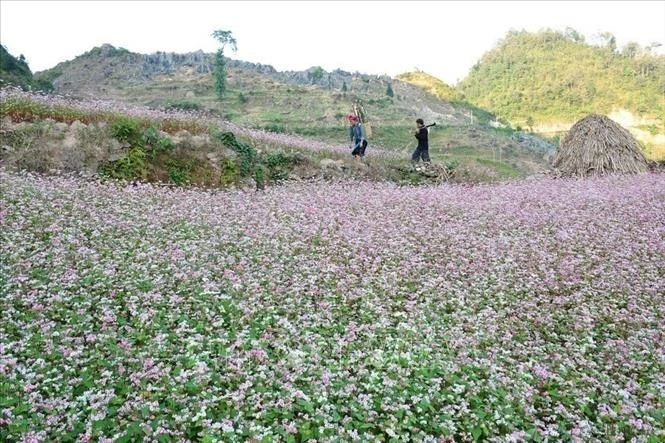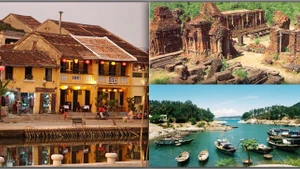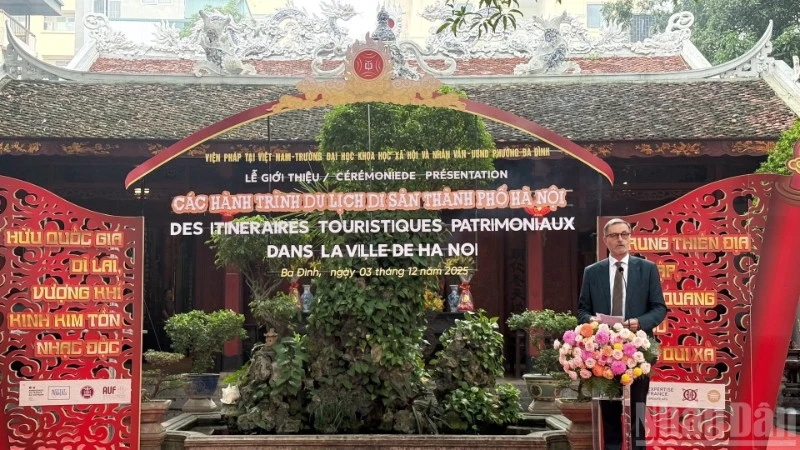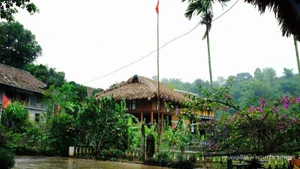The cave explorers come from all over the world, with the top five countries being Vietnam with 3,123 visitors, the US with 1,851, Australia with 461, the UK with 280, and Canada with 224.
Total revenue from Son Doong exploration tours exceeded 528 billion VND (20.7 million USD), contributing over 167 billion VND to the state budget through entrance fees, forest environmental services fees, and related taxes.
The Son Doong Cave exploration tours have created 130 direct jobs for local residents in the Phong Nha area, including roles such as porters, cooks, safety assistants, and tour guides.
Previously, these people mainly relied on agriculture and illegal exploitation of forest resources. Now, by participating in Son Doong tourism and related services, their lives have become more stable.
According to Nguyen Chau A, only 1,000 tourists are permitted to explore Son Doong Cave each year, while nearly 40,000 visitors participate in other cave exploration tours in Phong Nha-Ke Bang and surrounding areas.
This has helped Phong Nha-Ke Bang become the world’s largest destination for cave exploration tourism.
Additionally, with nearly one million visitors annually, Phong Nha-Ke Bang National Park has become the country’s most visited national park.
Son Doong has helped put Phong Nha-Ke Bang on the world tourism map, transforming Phong Nha from a poor village into the vibrant tourist town it is today.
Under a plan for 2021-2030, with a vision for 2050, Quang Binh is oriented to become Asia’s adventure tourism centre, with Phong Nha-Ke Bang National Park continuing to develop its distinctive products of cave exploration, nature discovery, and biodiversity research.
